DTC Mastery: How to scale to $100M+ on Shopify
As some of you may already know, prior to founding RetentionX, I spent over 12 years building eCommerce businesses and running 9-figure brands. Unlike many people in the industry, I share my own experiences from that time. It's not about theory, it's about things that work in practice. And mistakes you don't need to repeat.
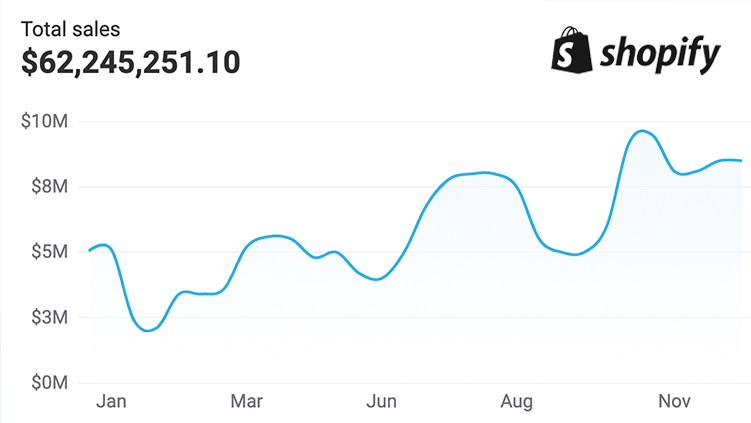
During that time, I repeatedly came to a similar critical juncture in the company's journey. The flattening out of growth at critical revenue levels, with the cost base scaling linearly at the same time. The first time this happened, I attributed it to weaknesses in the business model. The second time, I realized that we had built our growth on the wrong foundation.

What is the difference between the two companies? Both companies have the same cost structure and the same investment in new customer acquisition.
The answer is obvious when you look at the underlying customer structures: It's customer retention.

Brand #1 reaches the point where customer acquisition only covers the losses due to churn, but no longer grows itself. Brand #2, on the other hand, is investing its marketing dollars in future growth.
99% of the strategy you read and hear is about customer acquisition. And there's really only one reason for that: that's where the money is spent in eCommerce. And everyone wants a piece of it. Ideally as a percentage of total spend. And that's why you see thousands of agencies, software vendors and advertising platforms out there, all working on top-level KPIs like "incremental revenue" and simply not caring what happens to the customer after that. Because ideally you have to buy that customer through them again.
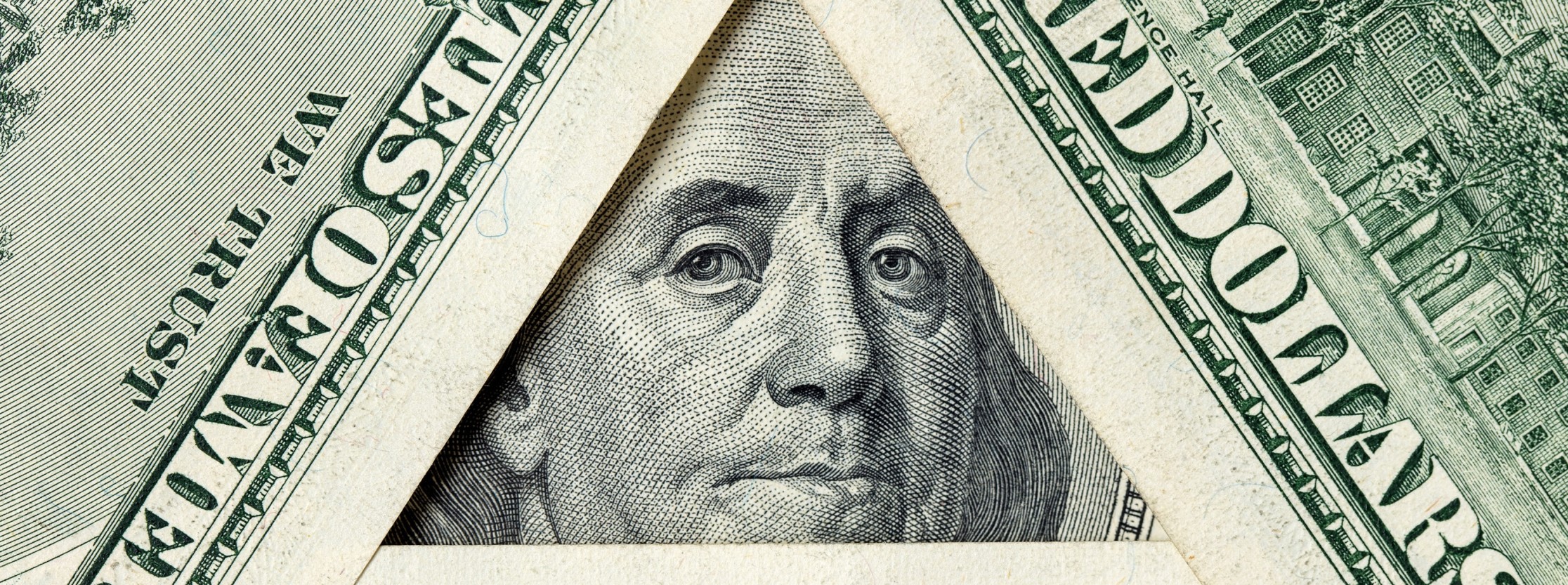
Much like a Ponzi scheme, ecommerce that focuses solely on new customer acquisition can work beautifully for a while until the rug is pulled out from under you. And at that point, you can no longer finance customer churn with new customer acquisition. This effect is amplified when CACs rise, as they do when you scale.
It was clear to us at the time that the path to profitable growth was through a solid customer base. But other than email marketing tools, I hadn't seen any solutions that focused on this. So I started writing my own tools to monitor customer behavior, identify growth opportunities, and automatically integrate the insights into my marketing.
The core questions I needed answers to:
- Which customer segments are driving our growth? – Understanding where to invest in
- What factors influence customer loyalty? – These are the recipies of what will have imediate impact on your numbers
- How healthy is my customer structure? – Understanding where you stand today and forecasting next years with precision
And most importantly:
After many conversations with other brands who had reached the same point, I wanted to make this collection of essential tools available to others.
That was the founding hour of RetentionX.
If you've been following my posts and newsletters for a while, you've seen that my goal is to provide you with a weekly step-by-step concept to refine your strategy. RetentionX is an essential element in the implementation of these measures, because without it, strategies too often remain mere concepts.
Reporting and BI are static and always historical. The challenge is to use today's data to change tomorrow's results. This is what makes RetentionX different.
Check out the following sneak peak across the different functionalities.
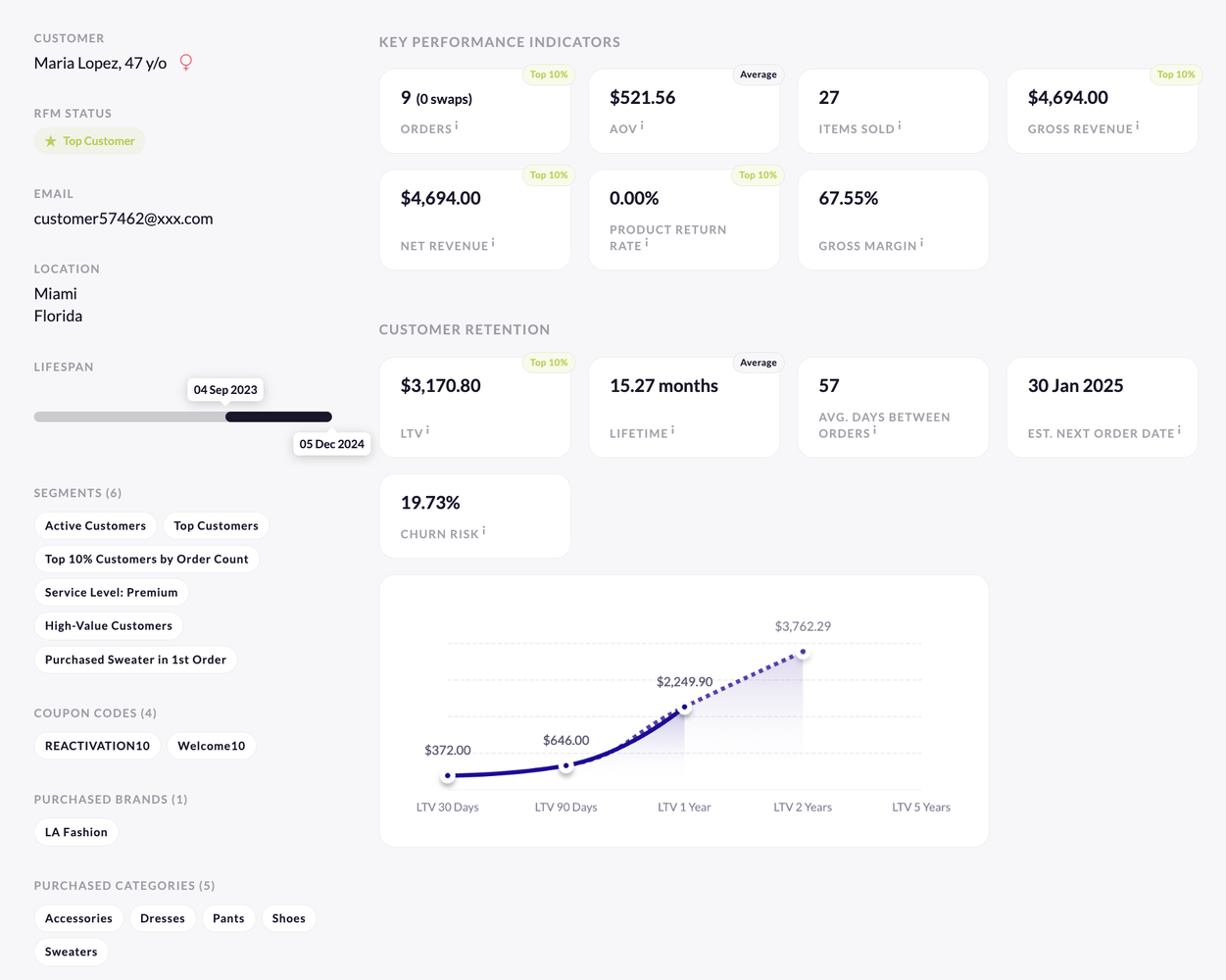
RetentionX collects all your customer data for Shopify and all other systems to create comprehensive customer profiles. It then analyzes which factors have the greatest impact on LTV.
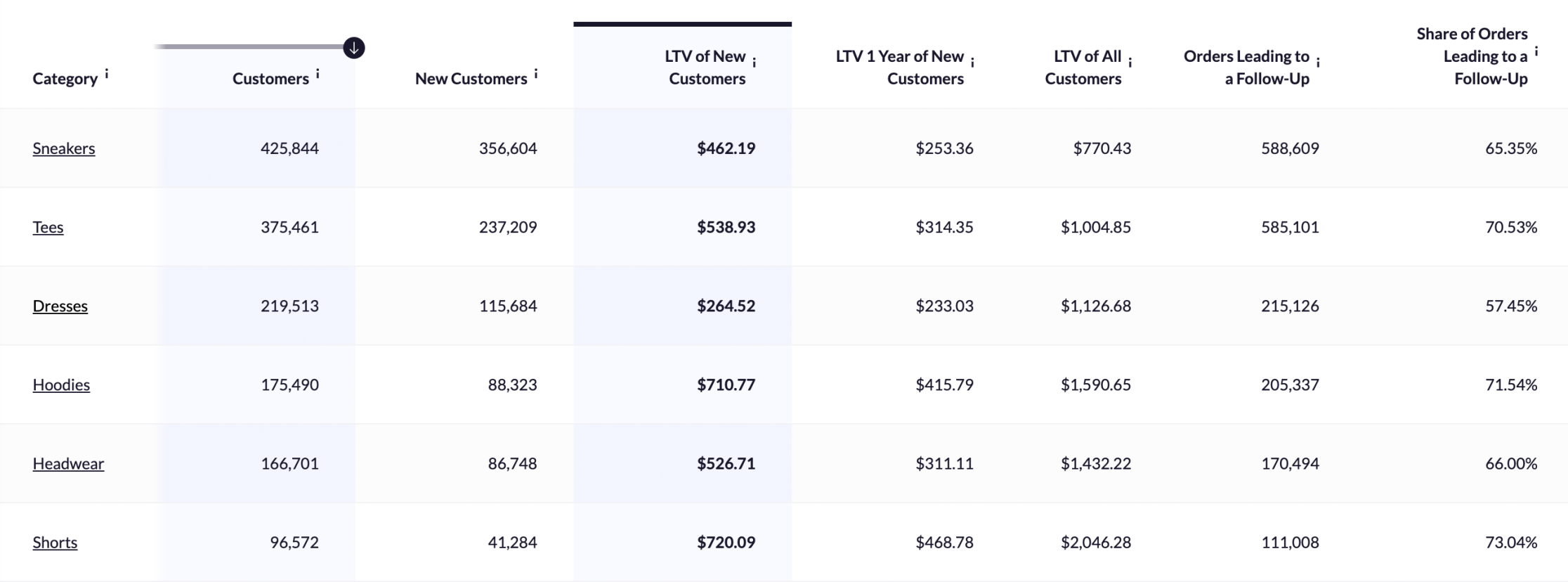
Understand which products and categories lead to customer loyalty with powerful new KPIs like:
- LTV 1 Year of New Customers: What was the profit per customer within 1 year of purchase in this category?
- LTV of All Customers: Does buying this category have a positive impact on existing customers?
- Share of Orders Leading to a Follow-up: How often did someone place another order after purchasing a product in this category? → Brand Loyalty
- Share of Orders Leading to a Follow-up incl. the Category: How often has someone made a repeat purchase in the same category? → Category Loyalty
- AOV: Is this category driving high basket values?
- Product Return Rate: Is this category hurting my net sales?
This is also available at the SKU level for deeper product analysis!
RetentionX includes analyses of buying behavior such as cross-selling and upselling.
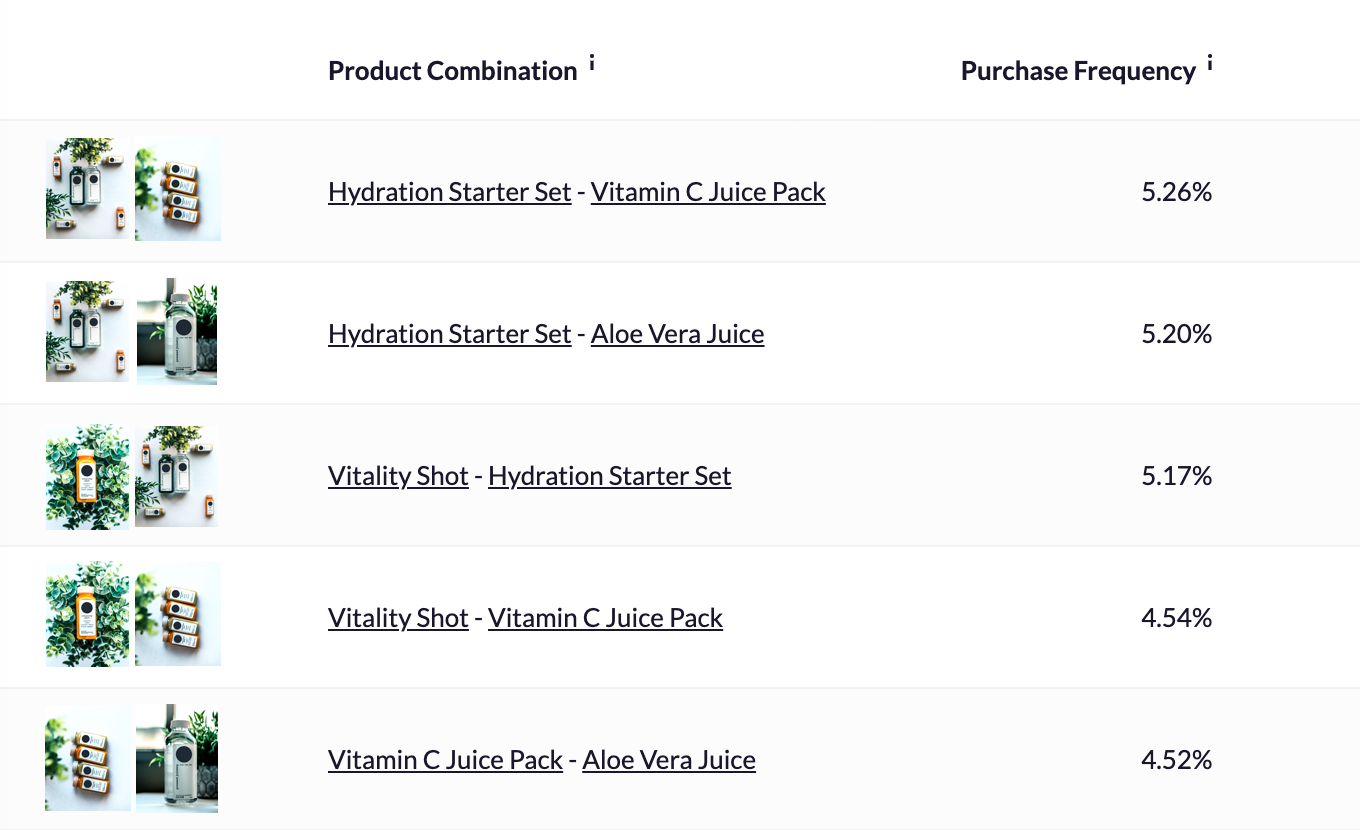
RetentionX's built-in AI constantly crunches your data for insights, calculates the direct impact on revenue, and provides step-by-step guidance on what to do next.
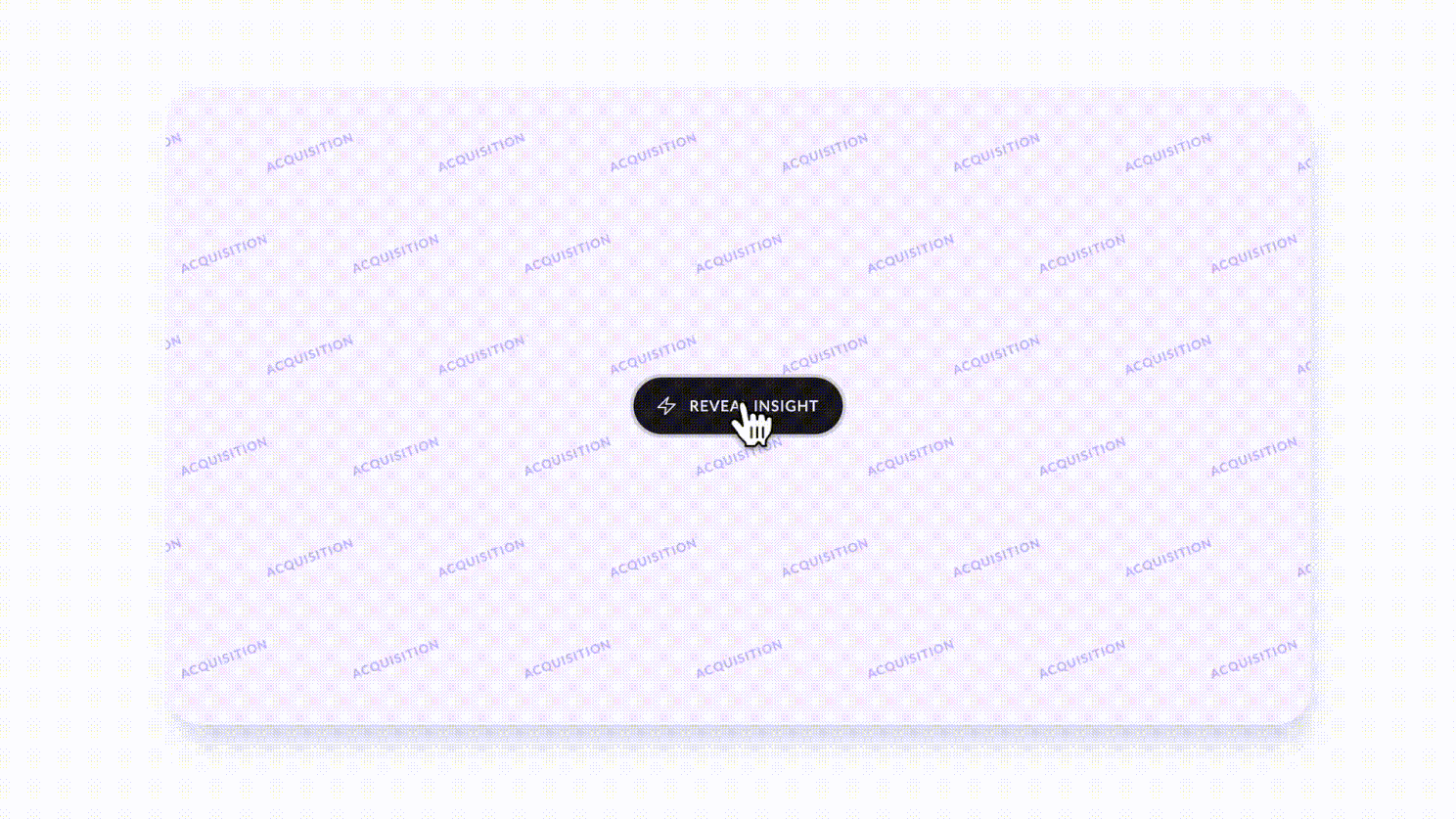
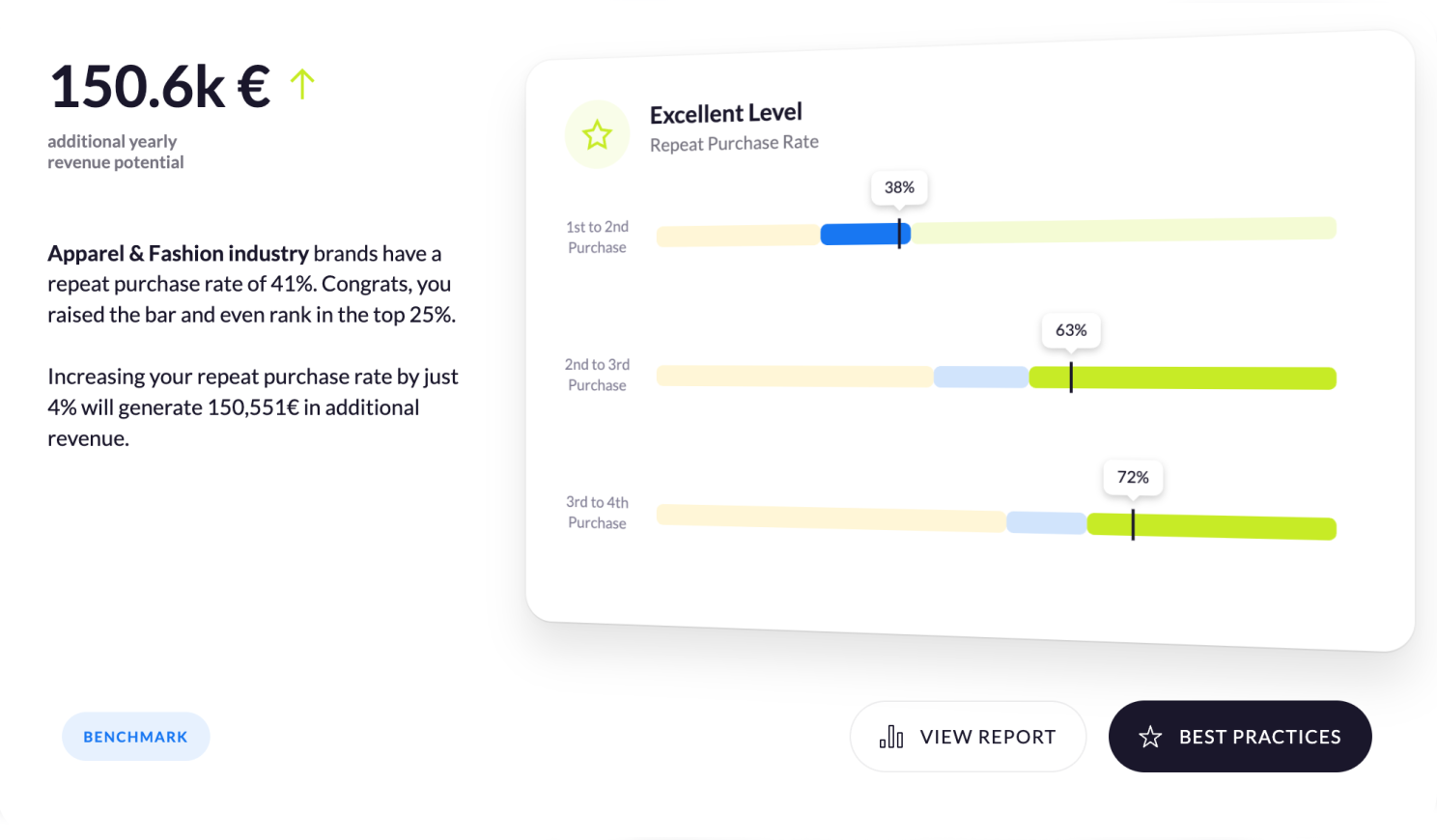
We were navigating somewhat blind with our metrics, uncertain how they stacked up against industry standards. However, the platform's insights into consumer behavior and benchmark data have given us a clear comparative landscape. We discovered our RPR was lagging behind industry averages, a critical insight since repeat customers are the lifeblood of any DTC brand.
RetentionX has the most powerful customer segmentation builder on the market. Integrate the insights you gain with all your other tools through built-in automations.
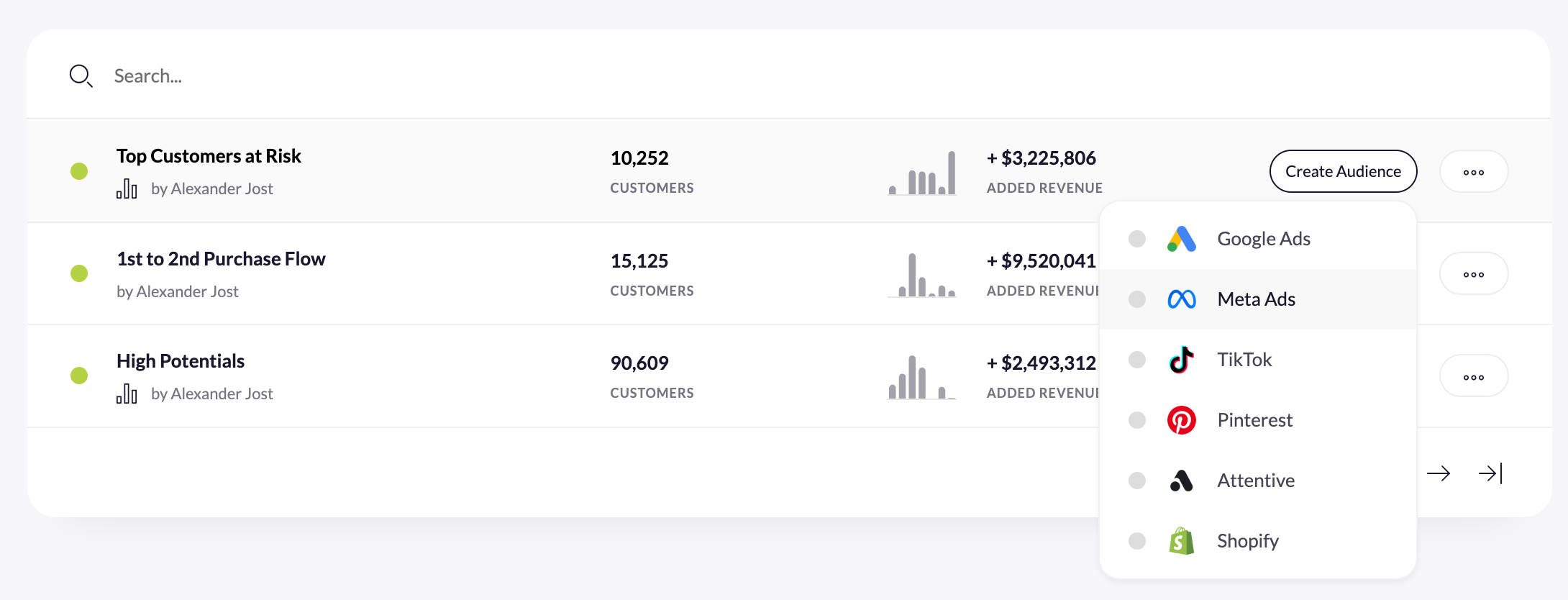
This way you can:
- Improve your email and customer service flows – it integrates with Klaviyo, Gorgias and many other email/crm tools.
- Avoid churn and increase repeat purchases – this is the part that gives you exponential growth.
- Improve customer quality already at acquisition – you can build audiences for Meta, Tiktok, Pinterest and many more directly in the tool
- On-site personalization – e.g. push segmentation back to Shopify and set-up early access campaigns for VIPs.
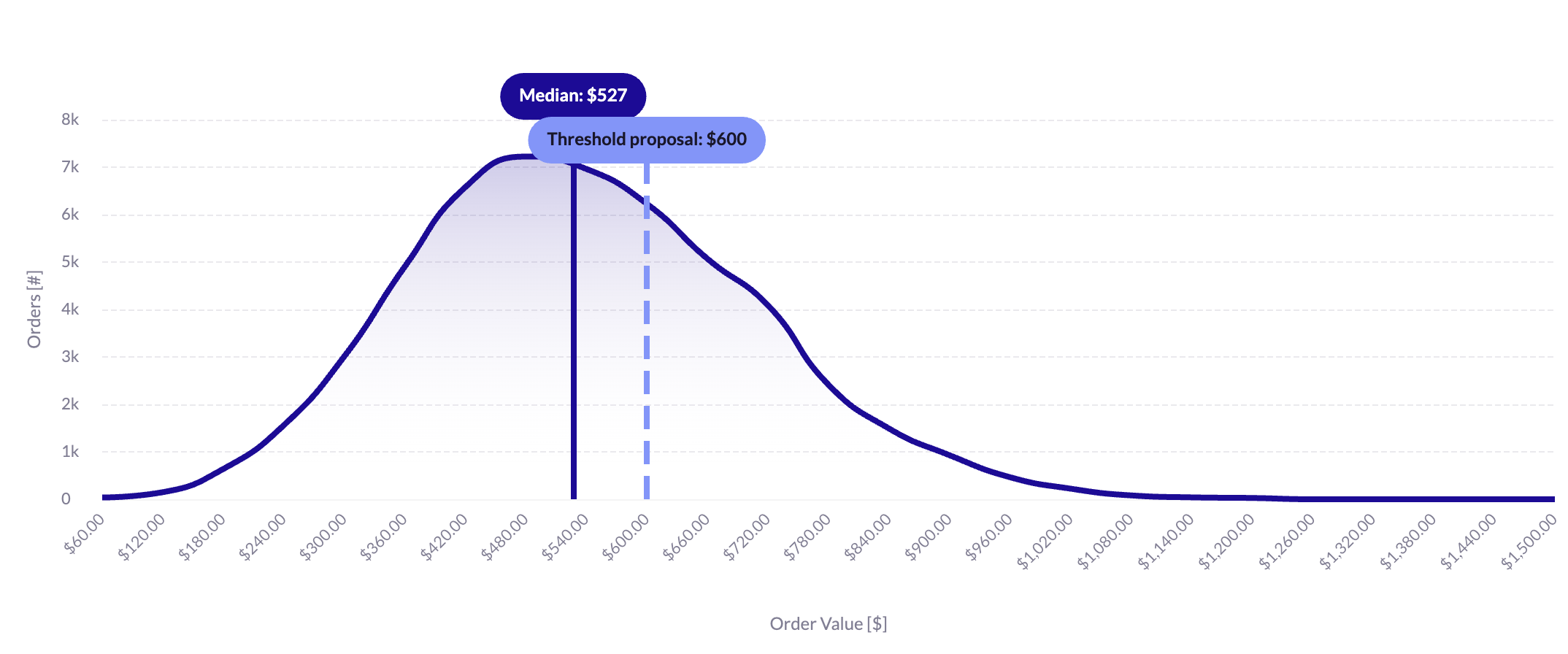
Have you ever wondered if decisions like your free shipping threshold are optimal? With RetentionX, you get a recommendation for the ideal threshold at the touch of a button.
But the latest addition to RetentionX's automation capabilities is a real game changer: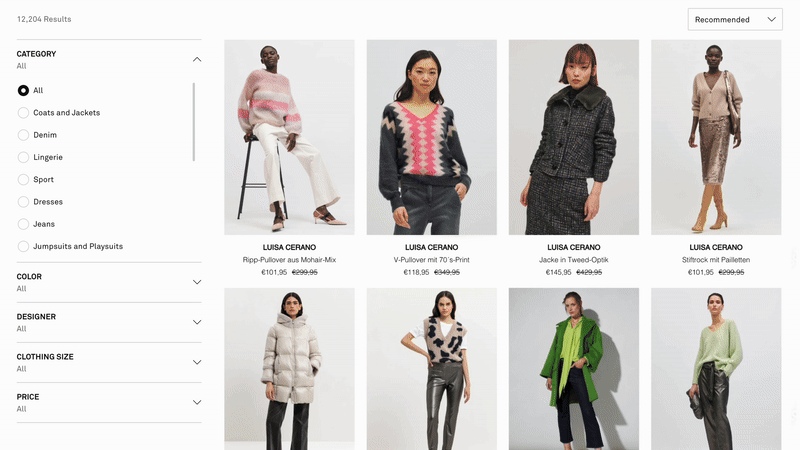
RetentionX tracks the performance of your product and automates your merchandising to get more sales from the same traffic.
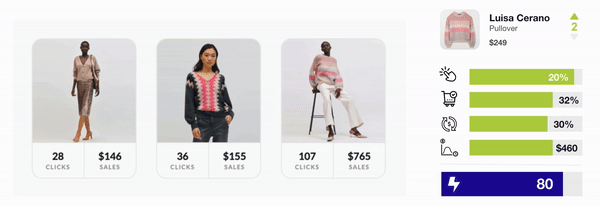
It identifies your most enticing, high-converting, and profit-driving products and puts them in their perfect position.
Customizable with your own sorting logic: pin featured items, prioritize new arrivals and demote out-of-stock products. For the first time we had a clear strategy that went beyond intuition and visual appeal. I've shared the full case study.
I know that’s a lot to take in! I’ve been in the same position—feeling overwhelmed about where to find the data, how to get started, and how to embed an LTV-driven mindset into my teams. That’s why we built RetentionX. It was my #1 internal tool as a brand operator to turn things around before launching it as publicly available software. All of the strategies above can easily be analyzed and implemented with RetentionX.
